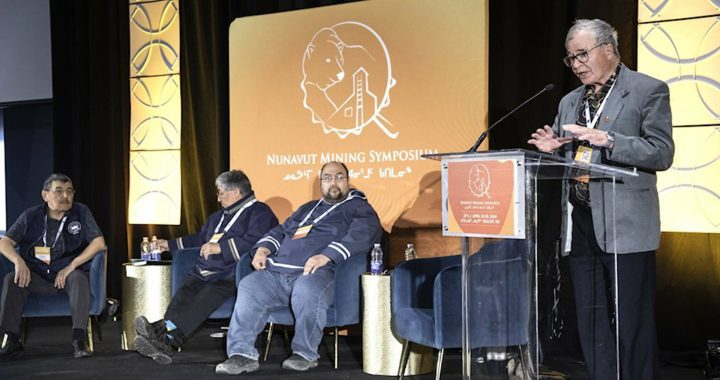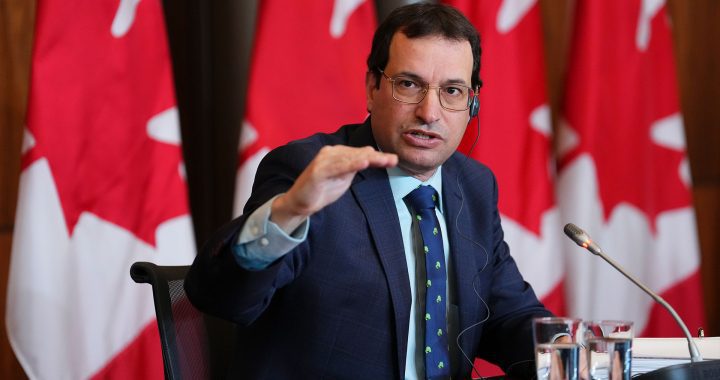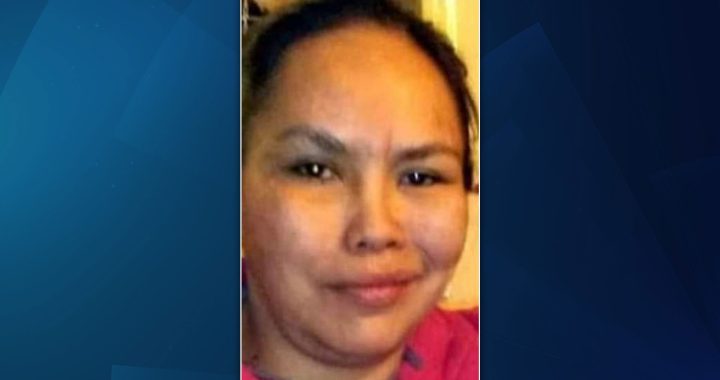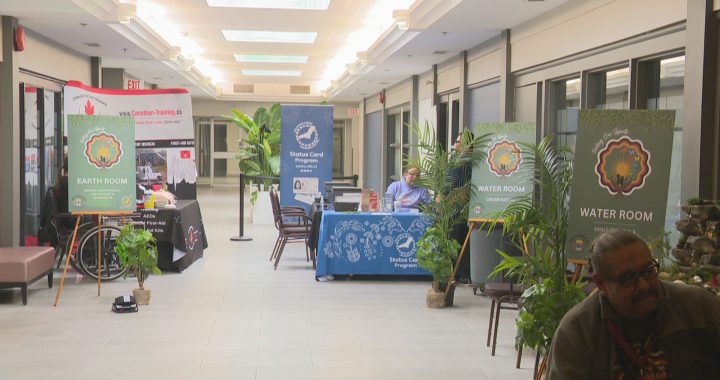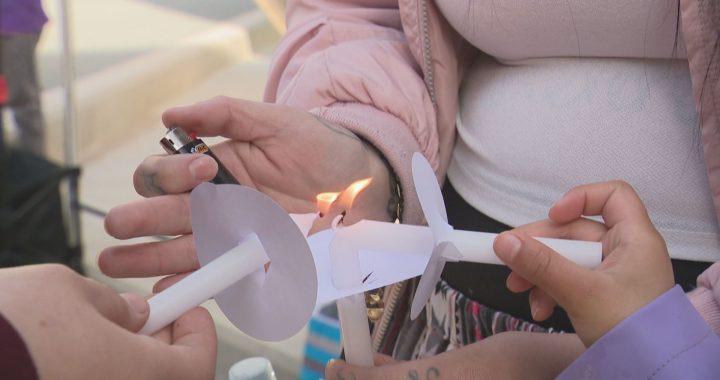The Northwest Territories fire season is approaching and with it comes the need for thorough preparation.
On K’at’lodeeche First Nation, located on the Hay River, crews are adding more tools to their toolkit sooner.
Robert Lafleur is the new manager of Evergreen Forestry Limited Partnership, an Indigenous contract company.
He assumed control of the company from his father last year and has battled wildfires in previous seasons.
KFN currently has seven members, and 13 people in Fort Providence are undergoing training to join the crews on the Fireline when the season begins on April 29.
“What that entails is WHIMIS TDG [Workplace Hazardous Materials Information System – Transportation of Dangerous Goods by Ground], first aid, wilderness first aid and chainsaw with danger tree with level three assessment done,” Lafleur said. “They will come into the fire program and get them to progress faster to the crews and be integrated faster as well.”
Lafleur clarified that the crews must have good training after three tents were destroyed by a tree last year. Fighting fires is a risky job. Four firefighters died during their work last summer nationwide.
In 2023, the country experienced its most severe fire season to date, with more than 6,600 fires scorching over 15 million hectares, nearly twice the size of Lake Superior. This led to the displacement of over 230,000 individuals and widespread smoke pollution nationwide.
In the N.W.T., 303 fires burned more than 4.1 million hectares of land.
Hay River, KFN, and West Point First Nation were evacuated in May and August due to separate wildfires. Numerous homes and buildings were destroyed, and these communities are still in the process of recovering from the aftermath.
“That’s why I want all that training, that way they aren’t pulling people off the type one crew to go work with EFF (extra firefighters) or hiring chainsaw operators to work with EFF,” Lafleur said. “Last year it was high intensity, I had two crews out in Behchoko and then Smith they are out in Fort Smith and then here again.”
He said all six crew were extended well beyond their contract and wrapped up the season in late October 2023.
Evergreen partnered with Deh Gah Got’ine First Nations in Fort Providence and KFN.
Along the way, chiefs and experienced Elders are involved in the process and will be there to support crews.
Lafleur highlighted the importance of having two Chiefs, a board and two experienced Elders in forestry or firefighting, whose advice is greatly appreciated for promoting mental health.
“Especially with what happened last year mentally for the firefighters, you could see it last year so trying to get Elders input,” Lafleur said. “We will bring in a few Elders one from each community to talk to the guys and talk to them about their mentality heading into the program.”
Despite working in forestry for nearly two decades, Joachim Minoza mentioned that he was not called to fight wildfires until the middle of last year.
“It was too smoky they couldn’t fly us out sometimes,” Minoza said. “That’s when they asked me to do type two firefighter, but we just stayed around the base.”
Minoza spent weeks felling trees and cutting trails for crews. He mentioned the challenging conditions and the need for equipment like hoses. Initially, they lacked a cat guard, but once they had one, the work became easier. Minoza expressed satisfaction seeing younger crews getting involved in forestry and expressed hope that the area will be more equipped to combat future fires.
Shayne Fabian was also on standby for KFN, but additional training with Evergreen opens up more opportunities.
“In case the fire takes off again, we were just the emergency,” Fabian said. “But there was still lots of work to do and it was still fun working the last ten years with the same people and same community members.”
Similar to his teammates, he hails from a family rooted in forestry, with his father fighting fires. He said he’s proud to help safeguard his traditional land.
“It’s really important to do this, now where are we going to hunt moose, we are going to have to go further,” Fabian said.
Evergreen is working towards creating more job opportunities year-round, with teams involved in cutting firewood and a new reforestation initiative centered on black spruce pinecones.
“We are trying to get them all year round so that way they aren’t going on EI and sitting idle,” Lafleur said. “It would be nice to see them out there going to cut wood on traplines and helping CN (Canadian National Railway) with danger trees that fell onto the rail line.”
Meanwhile, the territorial government is organizing community meetings in areas most affected by last year’s wildfire to share insights and get ready for the future.
Despite the natural fire breaks formed by last year’s fires in the Northwest Territories, there are restrictions to the protection they offer.
“You can tell it’s going to be a drought year with snow melting early and our low water levels,” Lafleur said.




